When travelling to foreign countries, I usually fly to my destination and then use public transport where possible. I love travelling by train locally and as a bonus I have had the opportunity to see and admire many gorgeous train stations. I would be happier if I had more time to explore them, but I would not want to miss my train either. So here is my selection of the 11 most beautiful train stations I have seen in Europe so far.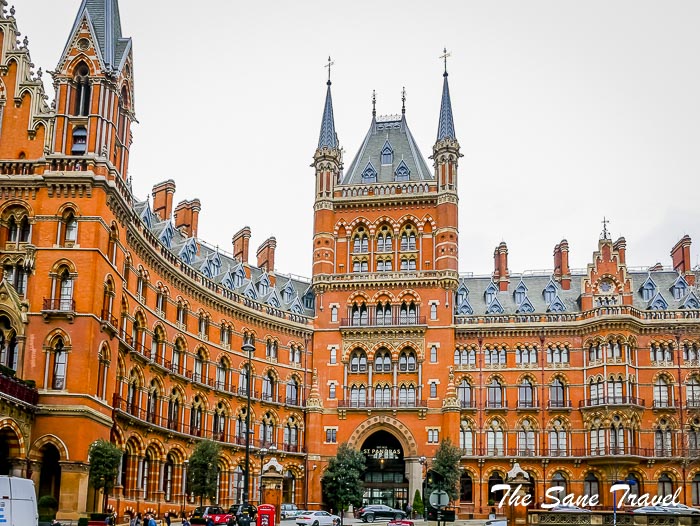
London St Pancras Station, England
St Pancras Station was originally opened in 1868 to the designs of the Midland Railway’s engineer William Barlow, whose mighty iron roof, arching across the train shed, was once the largest free-spanning structure in the world. The dramatic gothic hotel at the front of the station was designed by George Gilbert Scott, one of Victorian England’s most distinguished architects. St Pancras is a masterpiece of Victorian Gothic architecture and one of the most elegant stations in the World. 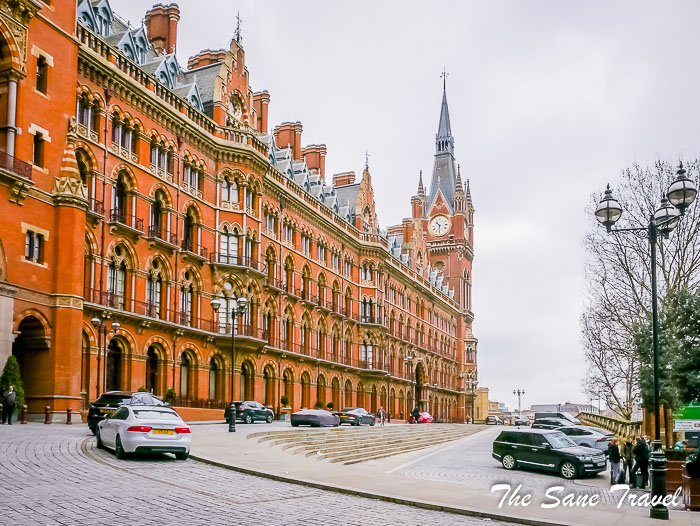 The decline of St Pancras began when British Railways shifted its focus to Euston Station in 1923. British Railways tried repeatedly to close and demolish the station. Writer and broadcaster John Betjeman initiated a campaign to save the station and hotel, and in November 1967 succeeded in getting the buildings declared Grade 1 listed days before demolition. A listed building may not be demolished, extended, or altered without special permission. Although the buildings were saved, their decline continued. In 1985, the train shed roof fell into a state of serious disrepair. St Pancras revival started just in the 1990s. Barlow’s original train shed roof was restored to its Victorian glory with painstaking reference to original detail. The new St Pancras International station was officially opened in 2007 with Eurostar and East Midland services.
The decline of St Pancras began when British Railways shifted its focus to Euston Station in 1923. British Railways tried repeatedly to close and demolish the station. Writer and broadcaster John Betjeman initiated a campaign to save the station and hotel, and in November 1967 succeeded in getting the buildings declared Grade 1 listed days before demolition. A listed building may not be demolished, extended, or altered without special permission. Although the buildings were saved, their decline continued. In 1985, the train shed roof fell into a state of serious disrepair. St Pancras revival started just in the 1990s. Barlow’s original train shed roof was restored to its Victorian glory with painstaking reference to original detail. The new St Pancras International station was officially opened in 2007 with Eurostar and East Midland services. 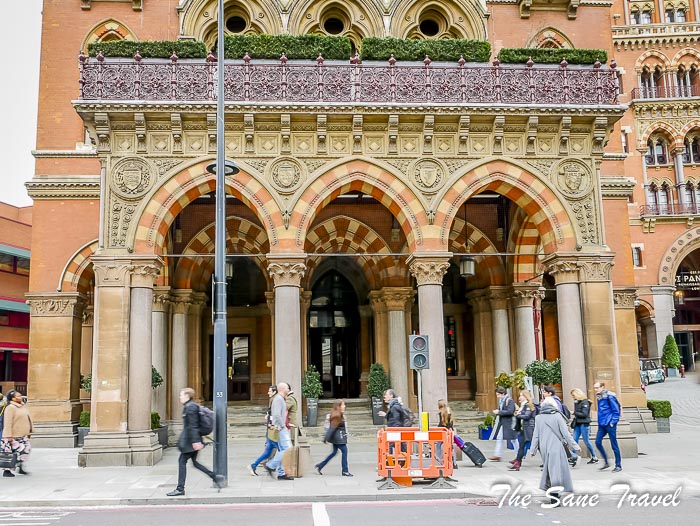
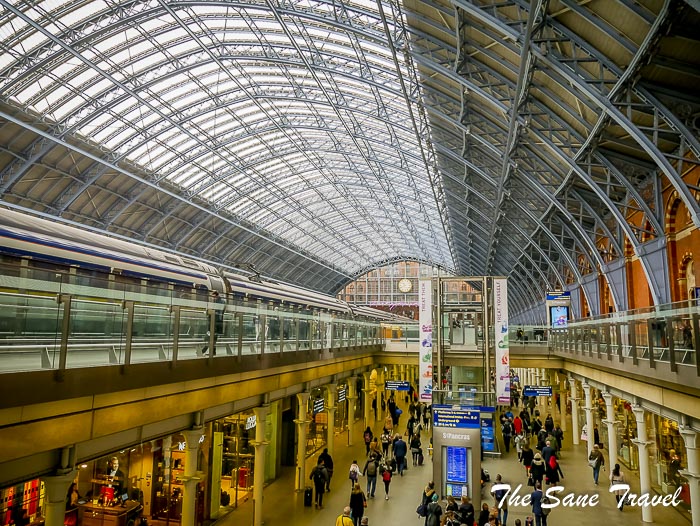
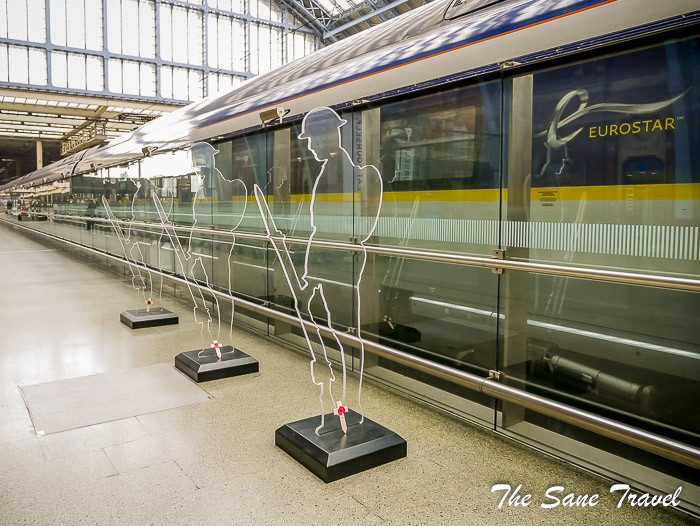
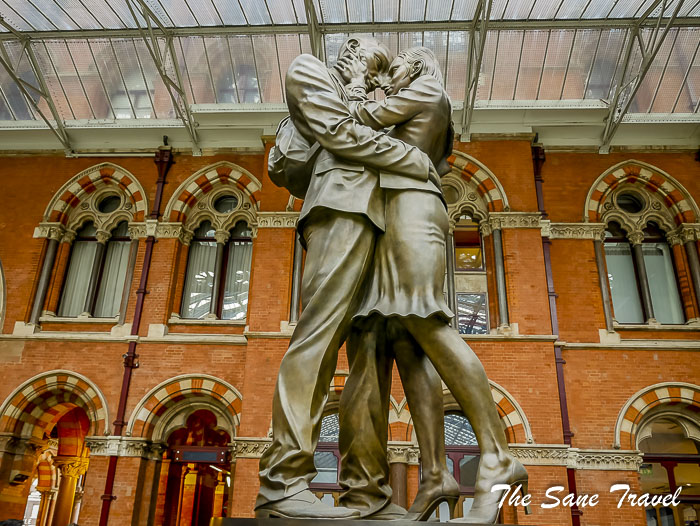 You can see a monument to John Betjeman inside the station.
You can see a monument to John Betjeman inside the station.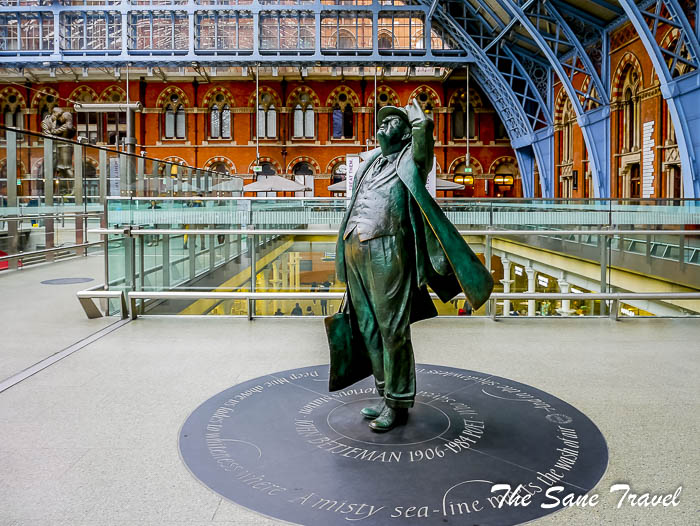
Antwerp Central Railway Station, Belgium
Antwerp Central railway station is the city’s main railway station. The original building was constructed between 1895 and 1905 as a replacement for the original terminus of the Brussels-Mechelen-Antwerp railway. Boasting an impressive 75 metres high dome above the waiting hall, the stone terminus building was designed by Belgian architect Louis Delacenserie. At the special request of King Leopold II, Delacenserie used the station of Luzern (Switzerland) and the Pantheon (Rome, Italy) as his source of inspiration. 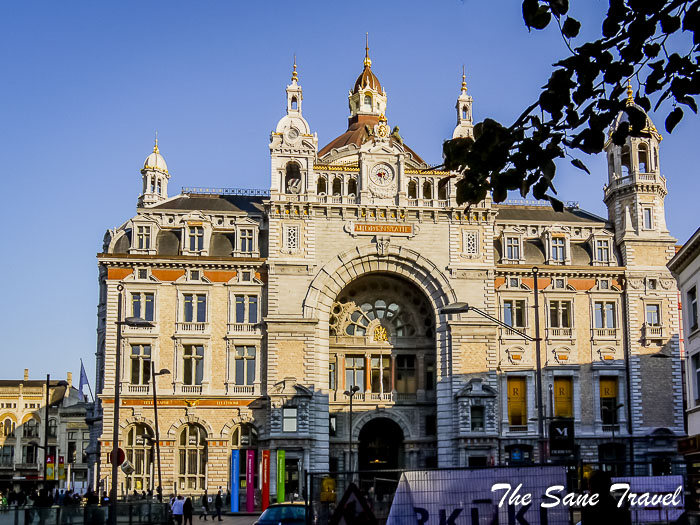 The structure is made up of a steel platform covering and a stone station building in an eclectic style. The glorious waiting hall is lavishly adorned with more than 20 kinds of marble and stone. Soaring arched windows and skylights fill the concourse with light.
The structure is made up of a steel platform covering and a stone station building in an eclectic style. The glorious waiting hall is lavishly adorned with more than 20 kinds of marble and stone. Soaring arched windows and skylights fill the concourse with light.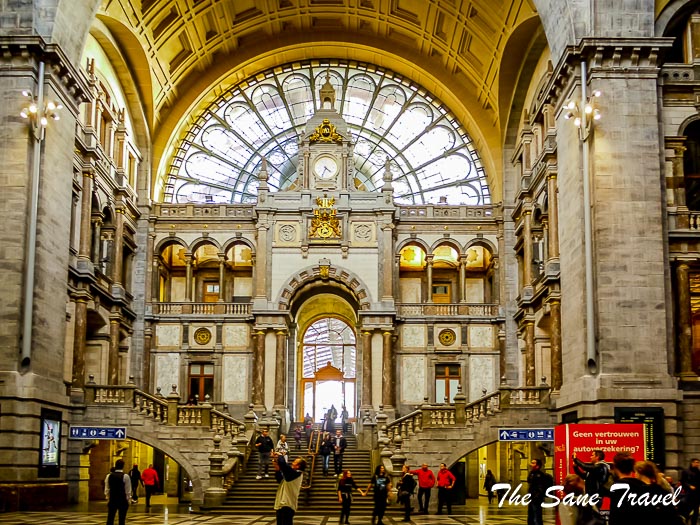
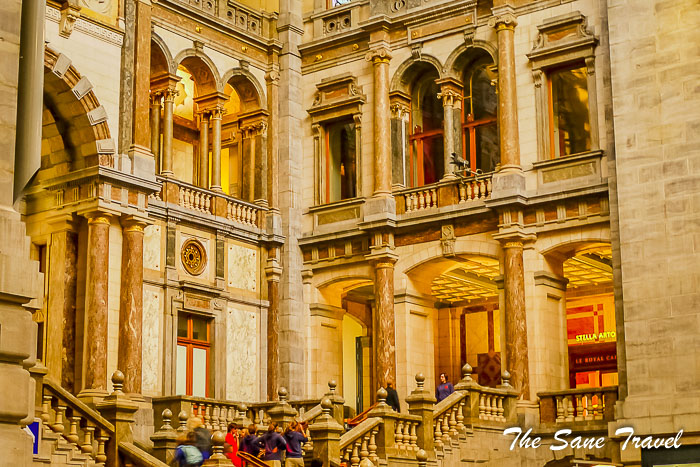
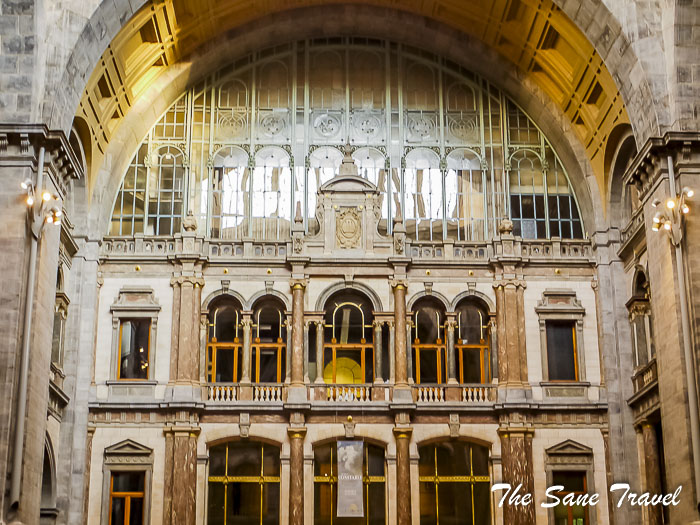 The upper train platform in turn features a magnificent vaulted iron-and-glass roof.
The upper train platform in turn features a magnificent vaulted iron-and-glass roof. 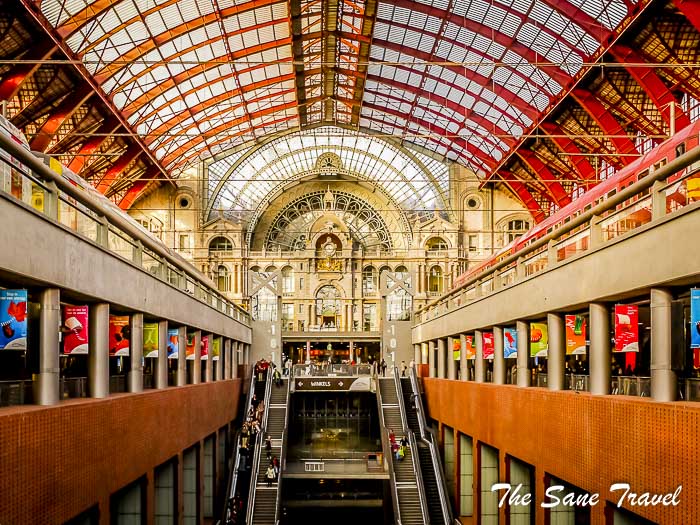 Between 2000 and 2009, the monumental building was completely modernised and expanded to accommodate the high-speed rail line. The station is considered by very many as the finest example of railway architecture in Belgium. In 2009, the American magazine Newsweek chose the Antwerp Central Station as the fourth most beautiful train station in the world. In 2014, the British-American magazine Mashable named the station as the most beautiful railway station in the world.
Between 2000 and 2009, the monumental building was completely modernised and expanded to accommodate the high-speed rail line. The station is considered by very many as the finest example of railway architecture in Belgium. In 2009, the American magazine Newsweek chose the Antwerp Central Station as the fourth most beautiful train station in the world. In 2014, the British-American magazine Mashable named the station as the most beautiful railway station in the world.
Amsterdam Central Station, The Netherlands
Amsterdam’s neo-Renaissance station is the largest railway station in the European Union, serving over 260,000 passengers each day. 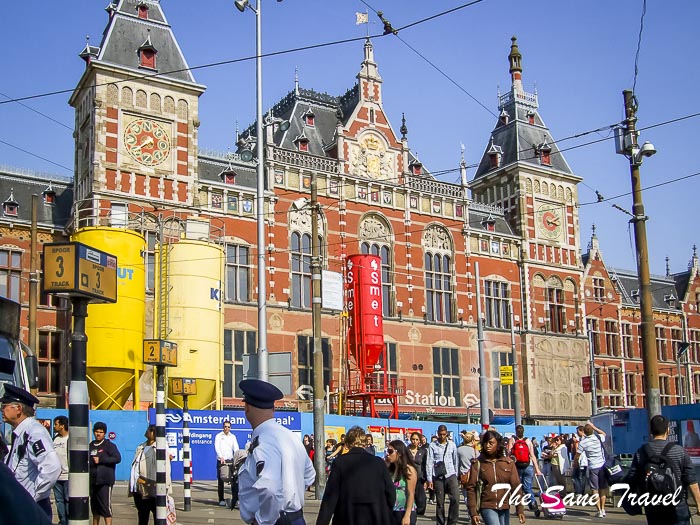 The station was opened to the public in 1889. Designed by Dutch architect Pierre Cuypers, the Gothic-style terminal features a cast-iron platform roof. The station has been built using more than 8,000 wooden piles, forming three small artificial islands on the IJ Lake. These days the three islands are called Station Island (Stationseiland). The station’s roof was constructed from the cast iron, made in Derby, England. The façade as well as the interior of the station building is lavishly decorated by a painter George Sturm. In the Eastern part of the station, there is a special pavilion enclosing Queen’s Waiting Room, with a place for Queen’s car. While it is not possible to visit it, you may admire its magnificently ornamented gate at Platform 2b.
The station was opened to the public in 1889. Designed by Dutch architect Pierre Cuypers, the Gothic-style terminal features a cast-iron platform roof. The station has been built using more than 8,000 wooden piles, forming three small artificial islands on the IJ Lake. These days the three islands are called Station Island (Stationseiland). The station’s roof was constructed from the cast iron, made in Derby, England. The façade as well as the interior of the station building is lavishly decorated by a painter George Sturm. In the Eastern part of the station, there is a special pavilion enclosing Queen’s Waiting Room, with a place for Queen’s car. While it is not possible to visit it, you may admire its magnificently ornamented gate at Platform 2b.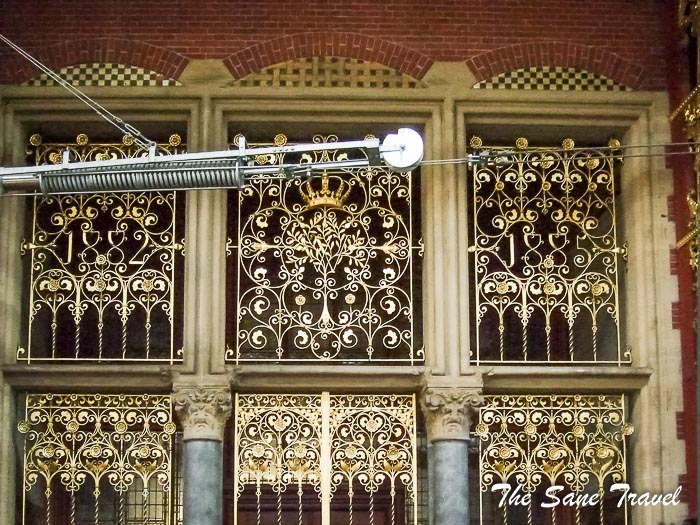 For the last three decades, Amsterdam Central Station is steadily under construction. Renovation works are related to the creation of the new metro line and setting up the rails for high speed trains.
For the last three decades, Amsterdam Central Station is steadily under construction. Renovation works are related to the creation of the new metro line and setting up the rails for high speed trains.
Rotterdam Central Station, The Netherlands
Like many cities with outdated train stations, Rotterdam needed its central rail hub to accommodate more passengers as well as high-speed and commuter lines. Rather than preserve a terminal built in the middle of the 20th century, the city commissioned a new complex. It took 5 years to be built. Rotterdam Central Station was officially opened by King Willem-Alexander in 2014. The centrepiece of the design is the main entrance’s shiny boomerang-like canopy, a stainless-steel projection that is warmed by a partial cladding of wood. 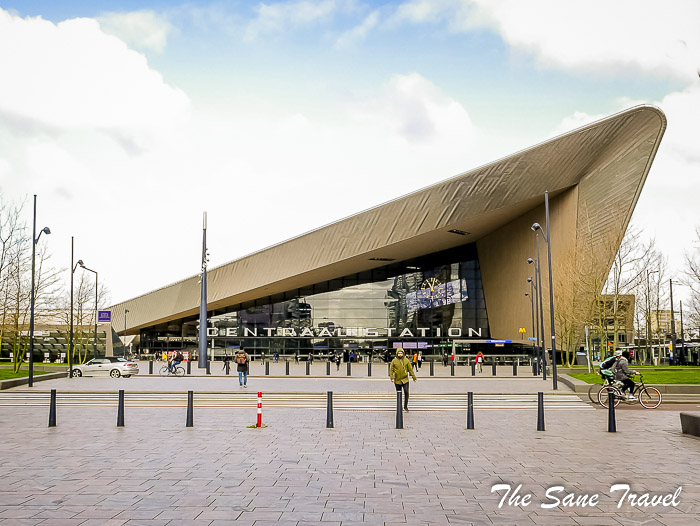
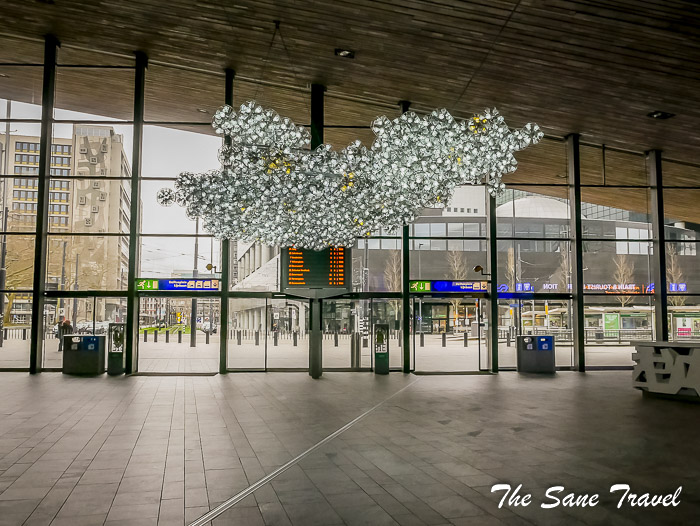
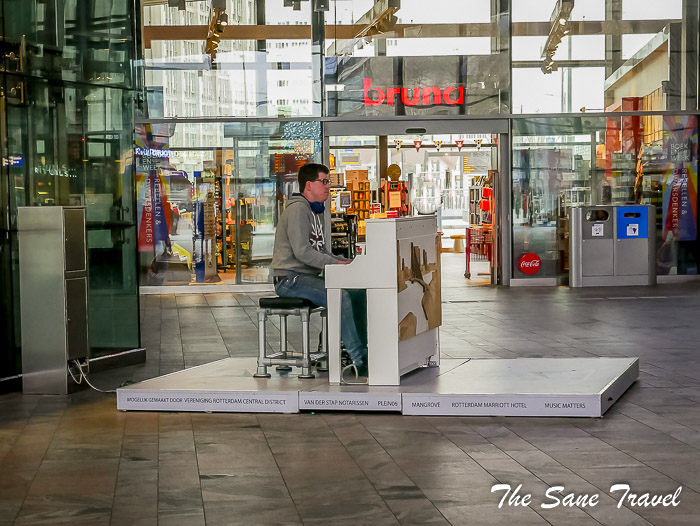 A similar melding of cool and warm materials appears at the train platforms, where a transparent roof is supported by wood beams. Less visible is the use of 130,000 solar cells spread across the roof area, making this one of the largest rooftop solar projects in Europe.
A similar melding of cool and warm materials appears at the train platforms, where a transparent roof is supported by wood beams. Less visible is the use of 130,000 solar cells spread across the roof area, making this one of the largest rooftop solar projects in Europe.
Delft City Hall and Train Station, The Netherlands
The former train station in Delft was built in 1885 and designed in the Renaissance style by architect Posthumus Meyjes Sr. The former station is a true eye-catcher in this newly developed area. Since the opening of the new adjacent station in 2015, this building has remained vacant for some time. 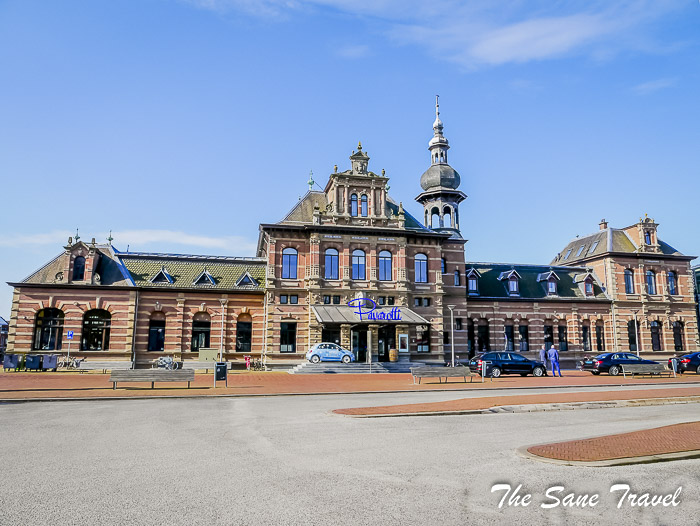 The new train station is located underground. Arriving in Delft is an unforgettable experience. The station, in combination with the new city hall, sits atop a new train tunnel. The total size of the building is more than 28,000 square meters.
The new train station is located underground. Arriving in Delft is an unforgettable experience. The station, in combination with the new city hall, sits atop a new train tunnel. The total size of the building is more than 28,000 square meters.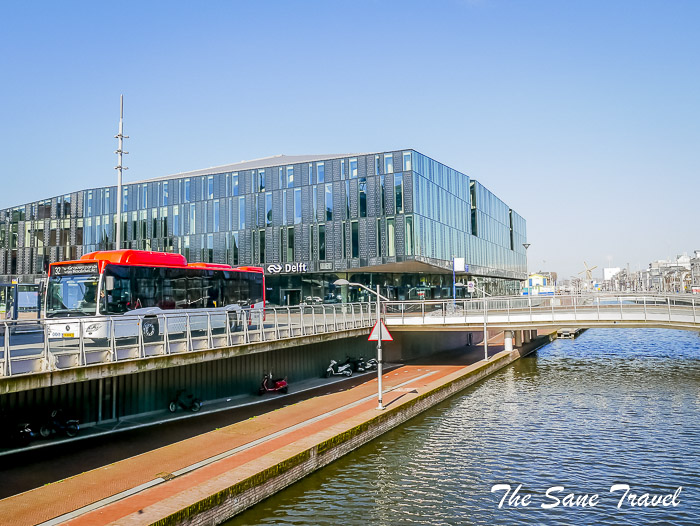
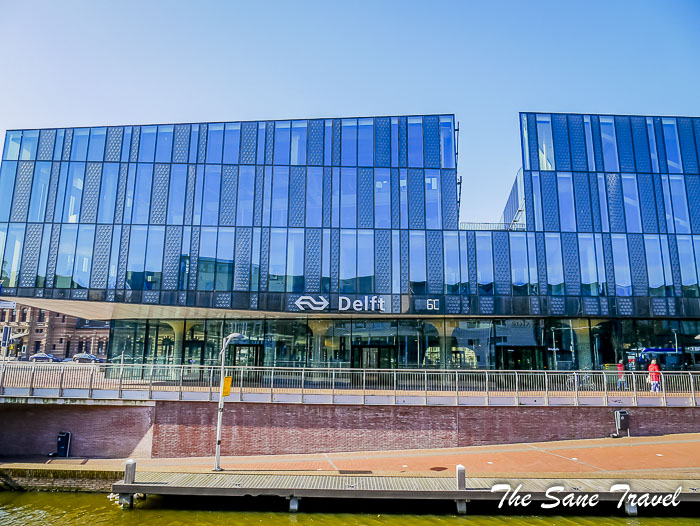
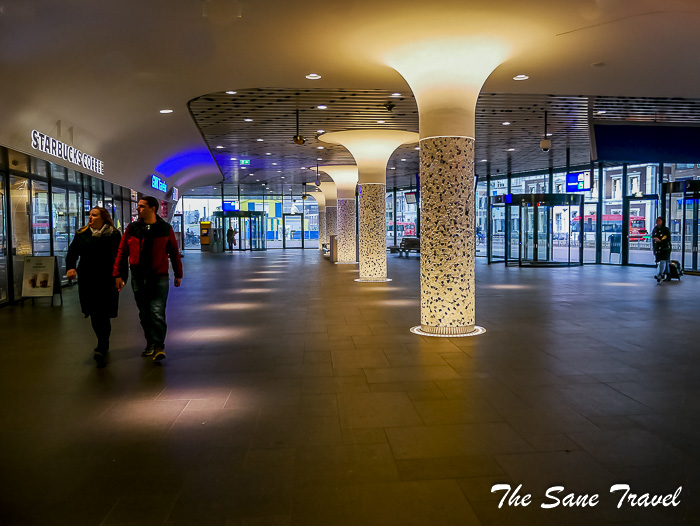 A vaulted ceiling features an enormous historic 1877 map of Delft and its surroundings, connecting the station with the city hall. The station hall, walls, and columns are adorned with a contemporary re-interpretation of Delft Blue tiles. The lowered roof lines at the corners provide a gradual transition towards the existing small-scale development of the nearby Delft city buildings. Solar panels on the roof provide 20% of the energy for the needs of the building.
A vaulted ceiling features an enormous historic 1877 map of Delft and its surroundings, connecting the station with the city hall. The station hall, walls, and columns are adorned with a contemporary re-interpretation of Delft Blue tiles. The lowered roof lines at the corners provide a gradual transition towards the existing small-scale development of the nearby Delft city buildings. Solar panels on the roof provide 20% of the energy for the needs of the building.
Milano Centrale, Italy
Milano Centrale is Italy’s second-largest station and one of the main railway stations in Europe. The station is a railway terminus and was officially inaugurated in 1931 to replace the old station. The station is a blend of many different styles, especially Liberty and Art Deco. It is adorned with numerous sculptures. It was originally modelled after Union Station in Washington, D.C. Enormous main building is inspired by the monumental bath complexes in imperial Rome. The stunning building features almost 11,000 square meters of marble flooring, an array of muscular stone sculptures, and five train sheds covered with vast iron-and-glass canopies. The total area of the station is 220,000 m2. Its façade is 200 metres wide and its vault is 72 metres high, a record when it was built. Parallel to the station façade is the carriage gallery, which is open at the sides. Carriages and cars could drive in to drop off and pick up travellers. The gallery also serves as a portal to the elevated ticket hall and the staircases leading to the departure hall.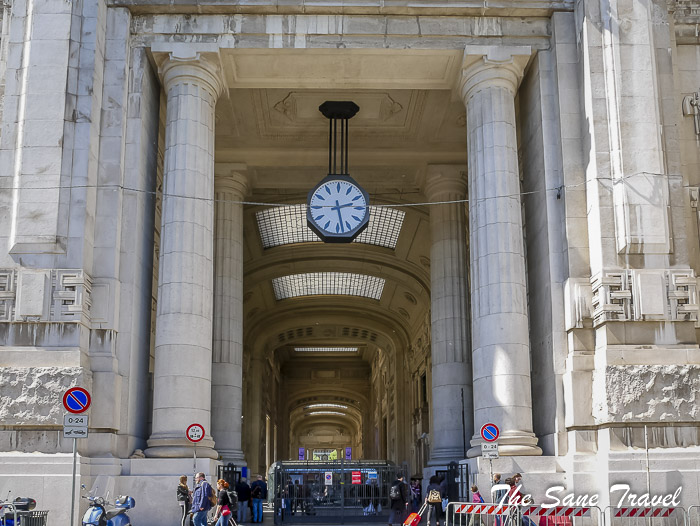
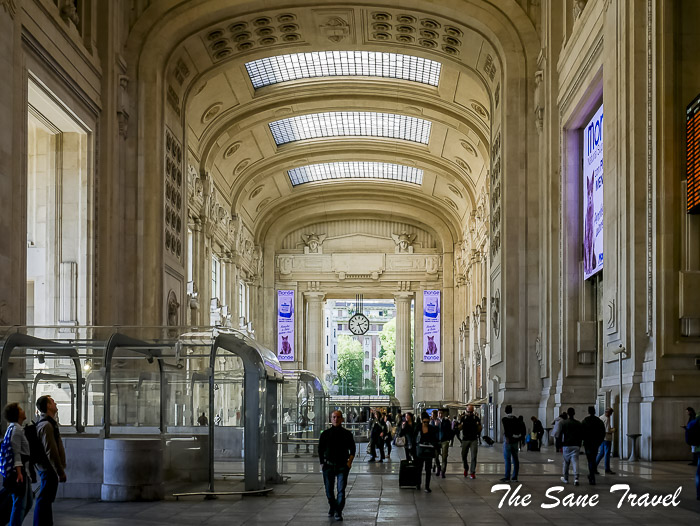
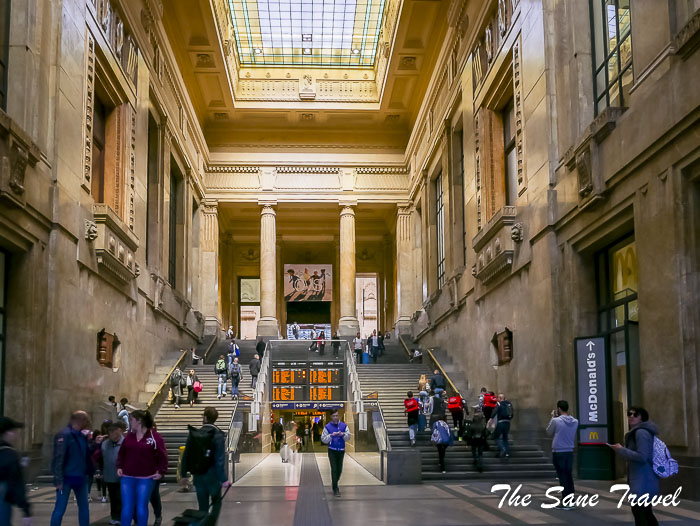
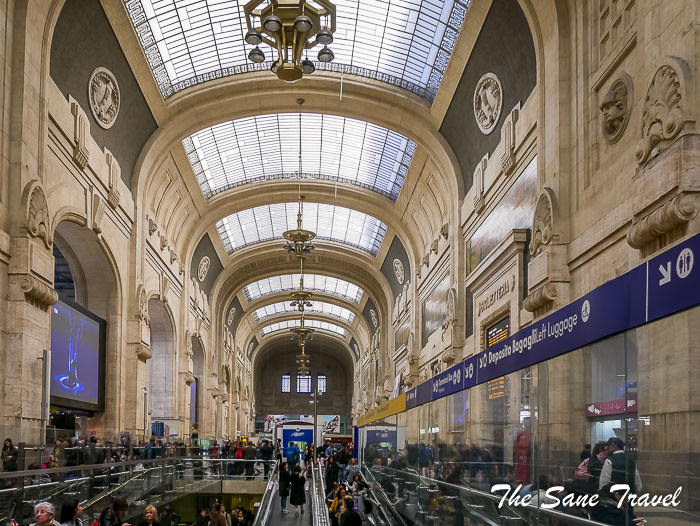
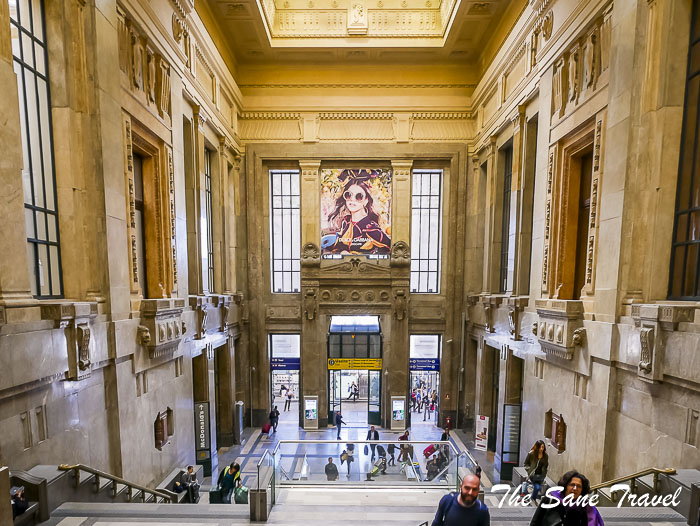 Among the particular features of the building, the Royal Pavilion of Milano Centrale stands out. After the abolition of the monarchy in 1946, the Royal Pavilion lost its purpose. It was restored to its former glory in 2007 and nowadays is rented out for special occasions. From 2005 to 2012, the station underwent a 100 million euros renovation. The heritage architecture was restored and facilities were modernised. The station has 24 tracks. Every day about 320,000 passengers pass through the station for an annual total of 120 million passengers. The station is served by national and international routes, with both long-distance and regional lines. It services up to 600 trains a day and two metro lines. It is a terminal of various bus lines and city trams as well as airport transfer buses.
Among the particular features of the building, the Royal Pavilion of Milano Centrale stands out. After the abolition of the monarchy in 1946, the Royal Pavilion lost its purpose. It was restored to its former glory in 2007 and nowadays is rented out for special occasions. From 2005 to 2012, the station underwent a 100 million euros renovation. The heritage architecture was restored and facilities were modernised. The station has 24 tracks. Every day about 320,000 passengers pass through the station for an annual total of 120 million passengers. The station is served by national and international routes, with both long-distance and regional lines. It services up to 600 trains a day and two metro lines. It is a terminal of various bus lines and city trams as well as airport transfer buses.
Lisbon Rossio Station, Portugal
It is one of the strangest architectural complexes housing a rail terminal in Europe. Looking more like a theatre or a lavishly-adorned palace with horseshoe arched doorways, this monumental Neo-Manueline building was built at a time when train stations were seen as temples of technology. 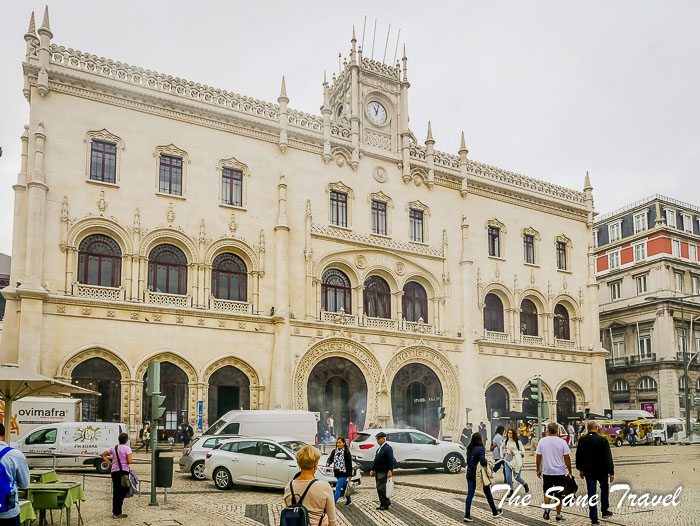
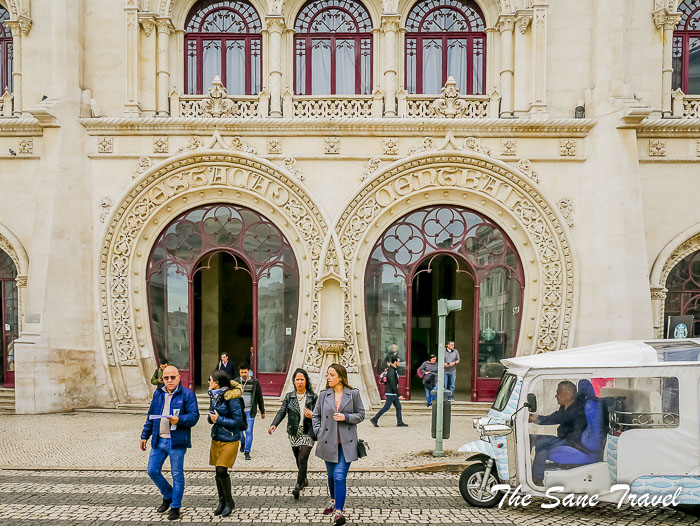 It was originally designed in the late 1800s by Jose Luis Monteiro, a leading architect of the time. Lisbon’s Rossio Station has been extensively remodelled, resulting in a poorly designed railway station that has lost much of its historical charm. The Rossio Station building’s original three floors were crudely converted to six, to accommodate a shopping centre in the late 1970s. Throughout the years, the station has undergone several renovations and adjustments, the last one in 2007 when three additional floors were removed and the Rossio Station building’s original layout and lofty, high ceiling design was reinstated. Because of this renovated look in 2012, it was selected as one of the 10 most beautiful train stations in the world by the American magazine Flavorwire.
It was originally designed in the late 1800s by Jose Luis Monteiro, a leading architect of the time. Lisbon’s Rossio Station has been extensively remodelled, resulting in a poorly designed railway station that has lost much of its historical charm. The Rossio Station building’s original three floors were crudely converted to six, to accommodate a shopping centre in the late 1970s. Throughout the years, the station has undergone several renovations and adjustments, the last one in 2007 when three additional floors were removed and the Rossio Station building’s original layout and lofty, high ceiling design was reinstated. Because of this renovated look in 2012, it was selected as one of the 10 most beautiful train stations in the world by the American magazine Flavorwire.
São Bento Train Station, Porto, Portugal
With its mansard roof and Renaissance stone façade, São Bento train station in central Porto is one of the Portugal's most beautiful train stations. São Bento train station was designed by José Marques da Silva in the Beaux-Arts style. This style used the principles of French neoclassicism and also incorporated Gothic and Renaissance elements. Completed in 1916, the station is built on the site of a 16th century Benedictine monastery from which the name São Bento is derived. The French inspired architecture of the station's construction is complemented by the superb azulejos of Jorge Colaço which were created in the 1930's. The azulejos depict the history of transport in Portugal, the country's landscapes and Portugal's defining historic moments including the Battle of Aljubarrota (1385) and the Battle of Arcos de Valdevez (1140). Over 20,000 tin-glazed blue and white tiles were used to create these beautiful scenes. It took the artist 11 years to complete the murals. 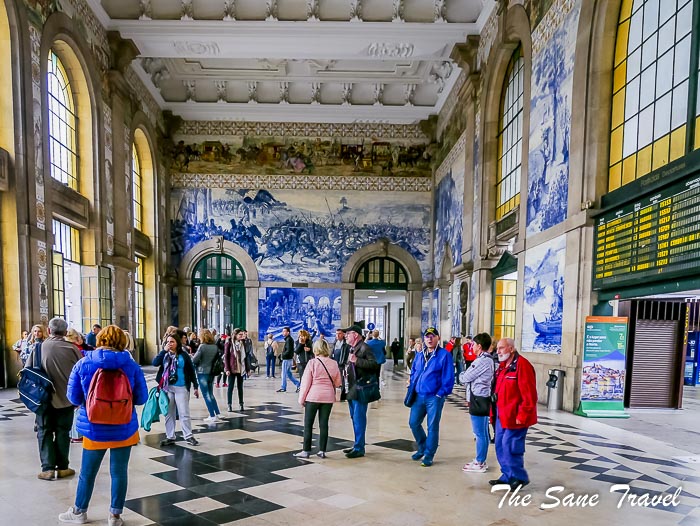
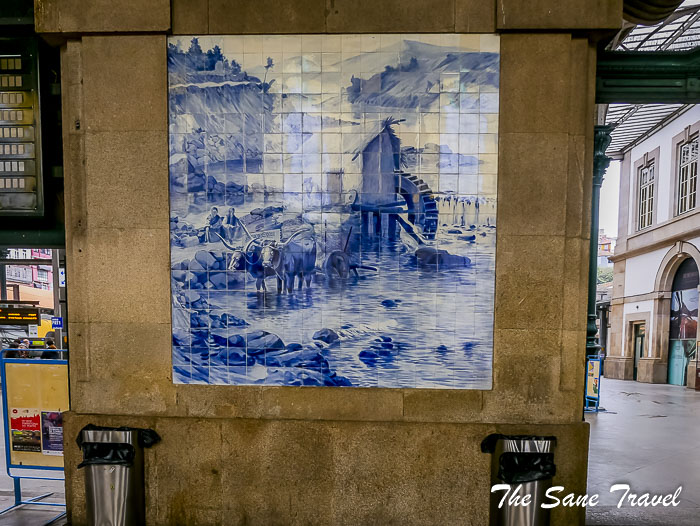
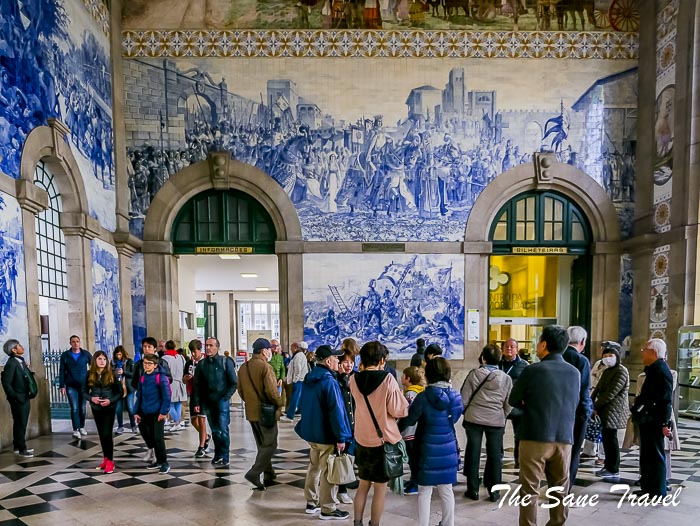 São Bento railway station may look like a museum, but it is an operating railway station with lines to Braga, Guimarães, and Aveiro as well as being the starting point for the scenic Douro Line.
São Bento railway station may look like a museum, but it is an operating railway station with lines to Braga, Guimarães, and Aveiro as well as being the starting point for the scenic Douro Line.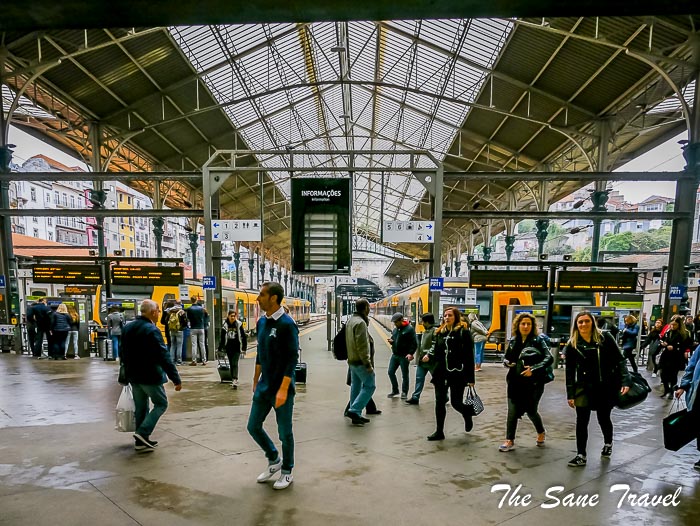
Pinhao Train Station, Portugal
Pinhão is a rather cute town and a wonderful wine centre that lies right beside a picturesque bend in the Douro River in the green and fertile Douro Valley. While in Pinhão, visit the beautiful train station decorated with glazed tile panels and embark on a nostalgic train ride across the Douro Valley. Pinhão train station has 24 panels of glazed tiles by Joao Oliveira made in 1937, depicting the Douro region and Port winemaking activities. 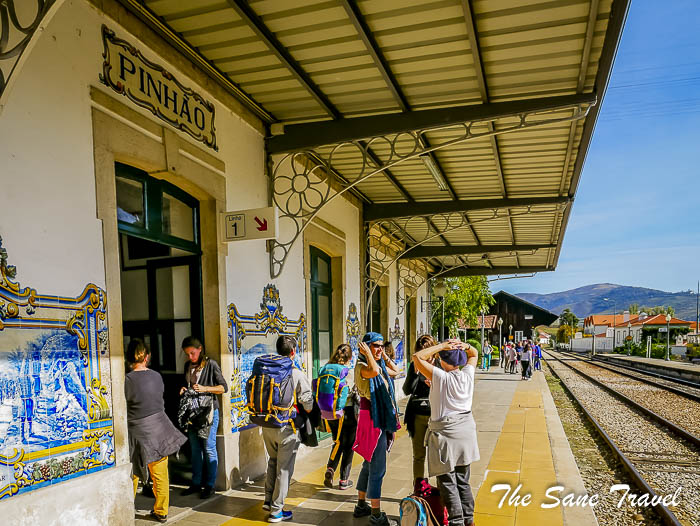
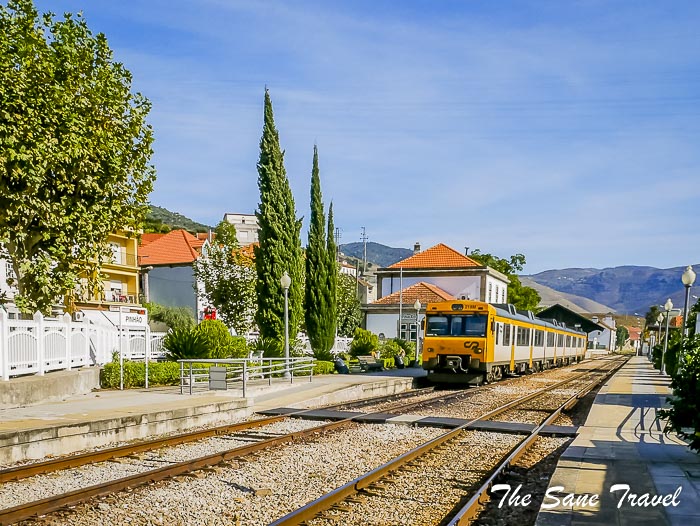
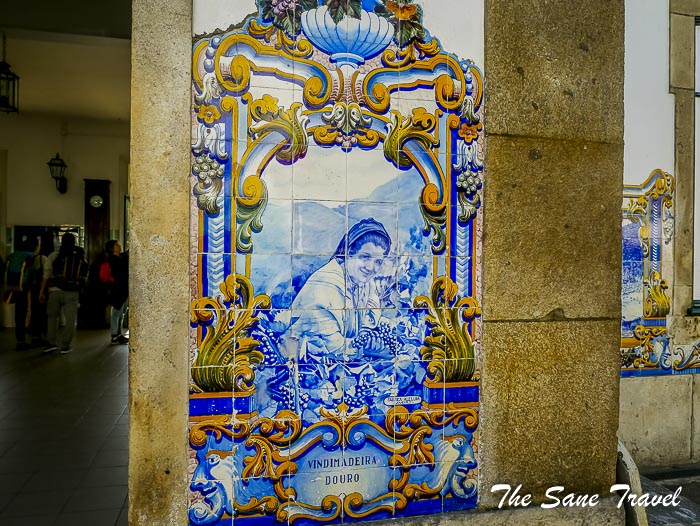
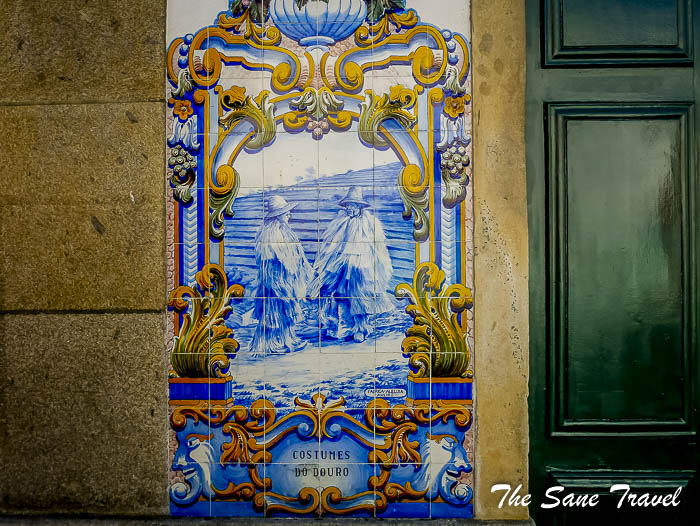
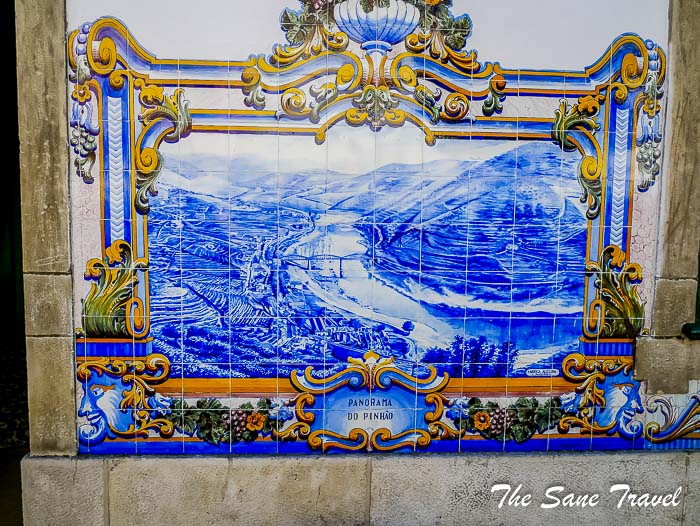 Even though the station is the smallest on my list, it is well worth visiting since it adds a special charm to your Douro Valley visit.
Even though the station is the smallest on my list, it is well worth visiting since it adds a special charm to your Douro Valley visit.
Leipzig Central Station, Germany
Leipzig's Central Station is, in terms of area, the largest terminus in Europe. The station was opened in 1915, and at the time it was one of the largest railway stations in the world. 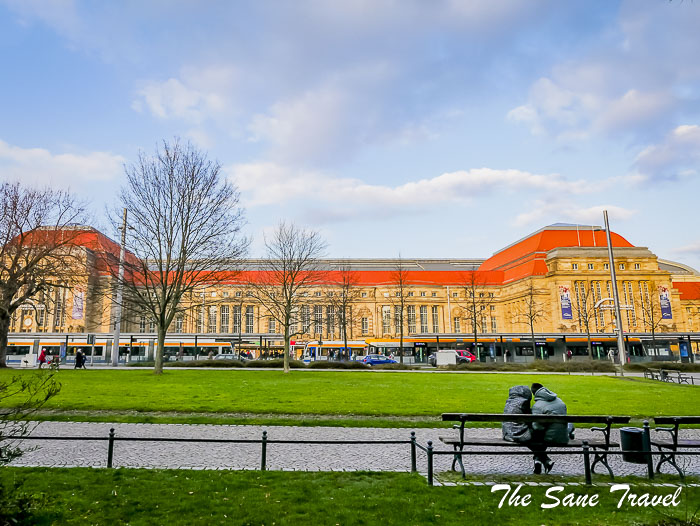
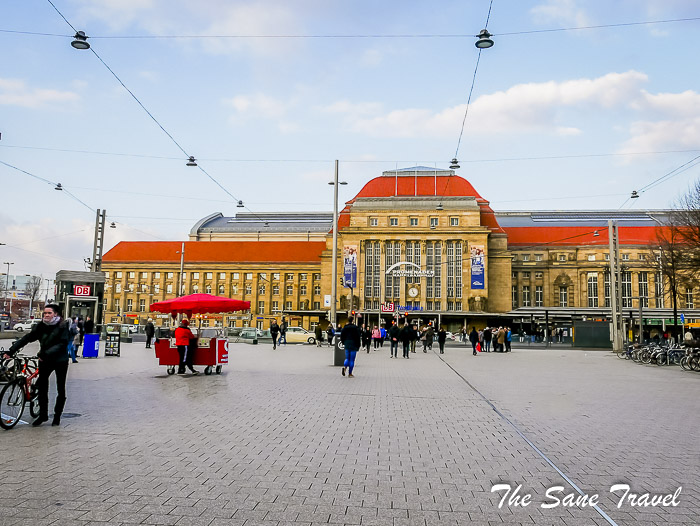 At 83,460 square metres, currently it is Europe's largest railway station measured by floor area. It has 19 overground platforms housed in six iron train sheds, a multi-level concourse with towering stone arches, and almost 300 metres long façade.
At 83,460 square metres, currently it is Europe's largest railway station measured by floor area. It has 19 overground platforms housed in six iron train sheds, a multi-level concourse with towering stone arches, and almost 300 metres long façade. 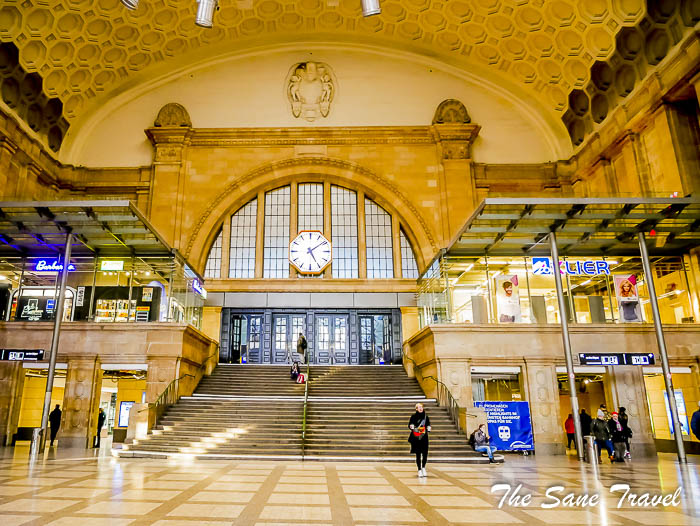
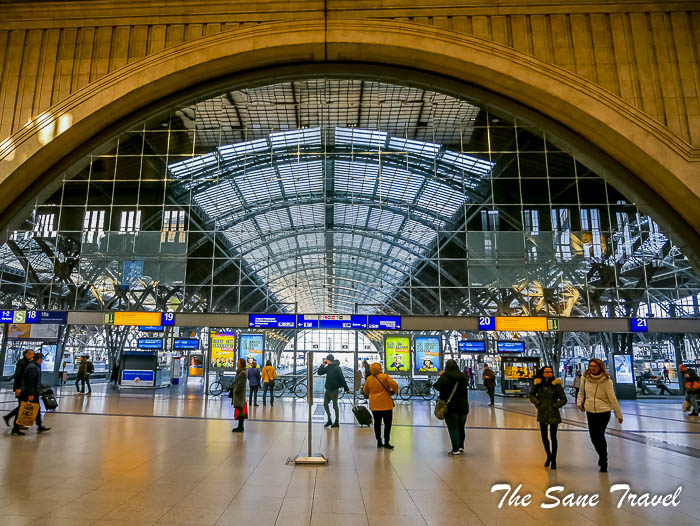
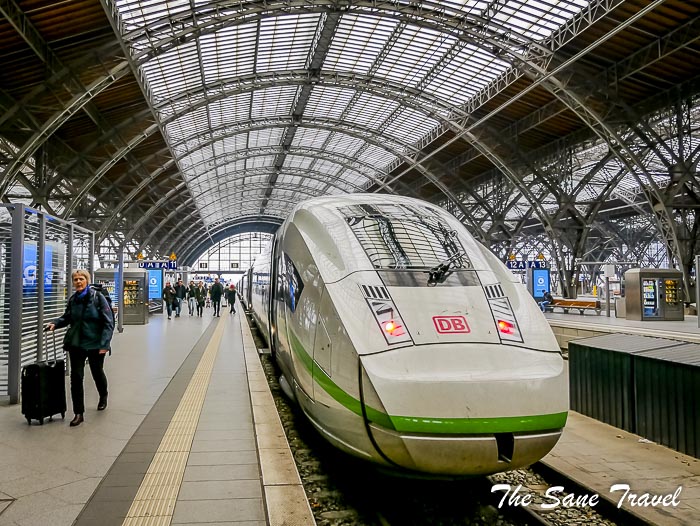 Beyond its function as a transportation hub, it rapidly developed into an architectural showcase. During the 1990s, Central Station was completely renovated and modernised. In late 2013, the City Tunnel, running underneath the station, was opened. Today, it is the largest train station in Europe; yes, even bigger than any other train station in London, Paris, or Berlin. As a result, the conversion of the largest railway terminal in Europe became a pilot project with the mission of incorporating a retail and services centre in the building.
Beyond its function as a transportation hub, it rapidly developed into an architectural showcase. During the 1990s, Central Station was completely renovated and modernised. In late 2013, the City Tunnel, running underneath the station, was opened. Today, it is the largest train station in Europe; yes, even bigger than any other train station in London, Paris, or Berlin. As a result, the conversion of the largest railway terminal in Europe became a pilot project with the mission of incorporating a retail and services centre in the building. 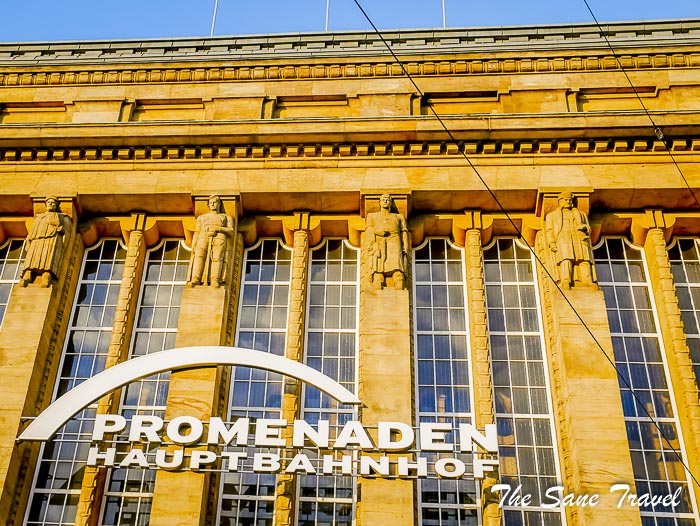 Over 140 shops and restaurants on three separate levels entice visitors to browse and dine. Around 80 of the businesses are also located there.
Over 140 shops and restaurants on three separate levels entice visitors to browse and dine. Around 80 of the businesses are also located there.
Luzern Train Station, Switzerland
Luzern's old railway station was opened in 1896. It was a grandiose building that served as a symbol of the city for 75 years. It featured a glass cupola and a lantern that were not particularly typical of Swiss railway stations of the time. The station was built like that to match the impressive architecture of other buildings located around Luzern Lake. In 1971, the station suffered a fire which brought down the cupola, destroying the frontage and the concourse. The original entrance arch is all that remains of the old station. On top of the arch, there is a statue called “Zeitgeist” (spirit of the times) which was made by Swiss sculptor Richard Kissling. 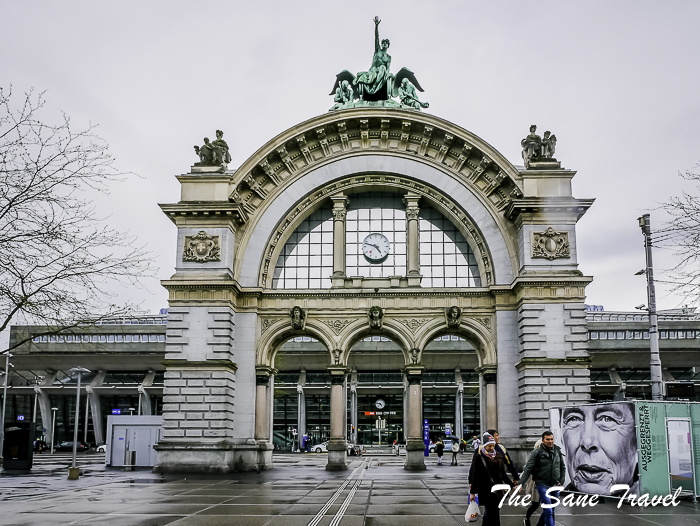
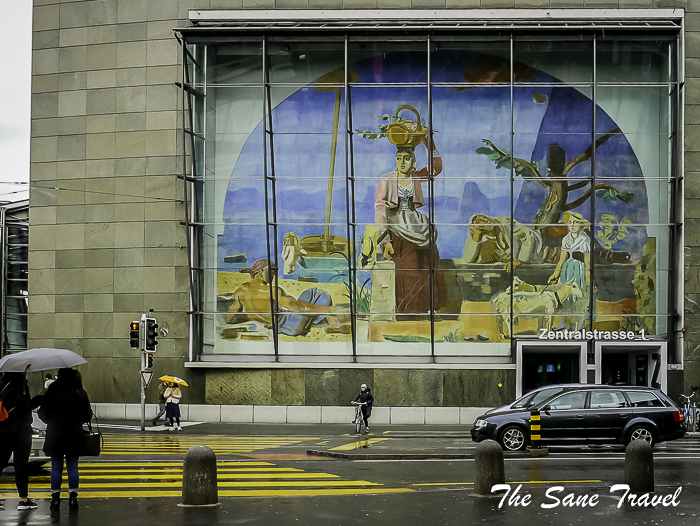
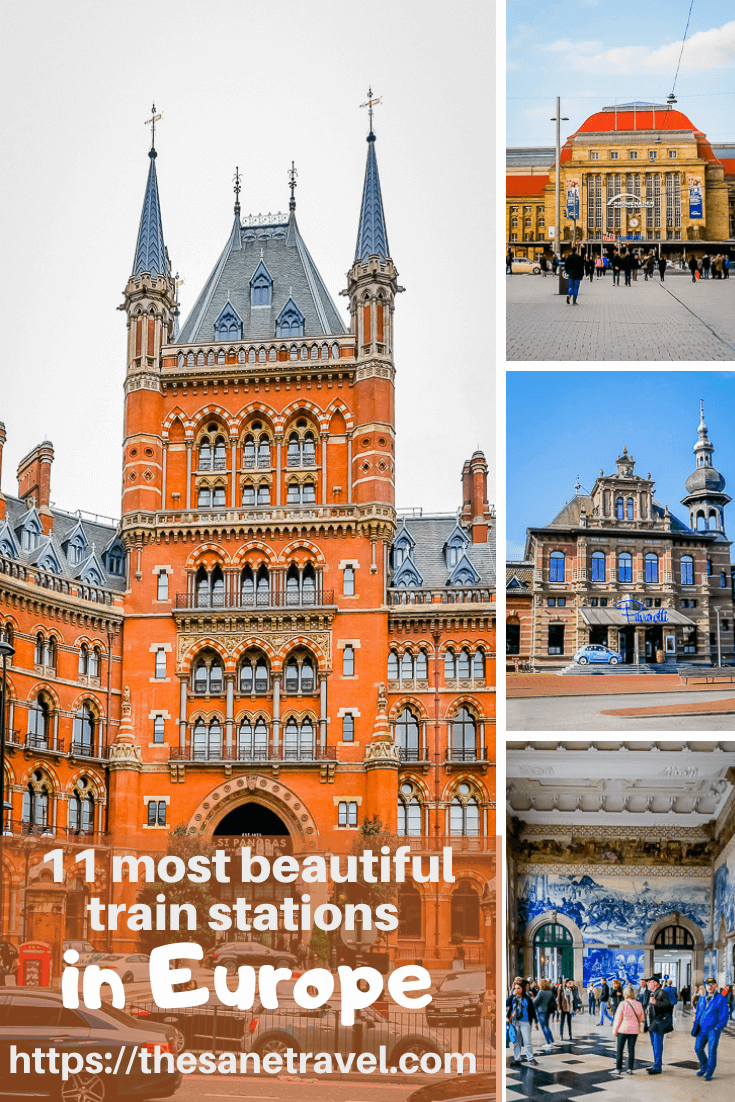
What did you think? What is the most beautiful train station in Europe you have visited so far? I’d love to hear from you so please add your comments below.
- Posted by Anita on November 27, 2020
Author: Anita Sane

About the author
Anita is a part-time traveller, passionate photographer and a retired career woman from Latvia, travelling mostly solo for more than 15 years. She is a skilled travel planner who plans and executes her travels by herself. Anita wants to show you how to travel the world and open your mind to new experiences. Follow her on Facebook, Instagram, Pinterest, Twitter and Bloglovin.







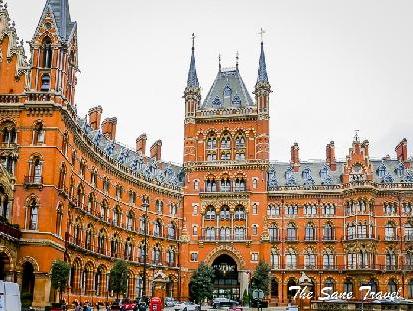






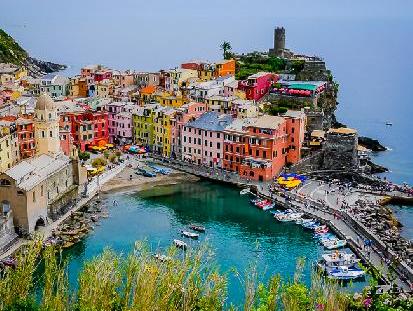











Zuerich, Switzerland
Stuttgart, Germany
Wiesbaden, Germany
Helsinki, Finland
Copenhagen, Denmark
Not Europe but nonetheless, Sydney, Australia has a beautiful train station.
– Madrid Atocha (Spain)
– Przemyśl Główny (Poland)
– Praha Hlavni Nadrazi (Czechia)
– Berlin Hauptbahnhof (Germany)
– Wrocław Główny (Poland)
– Liège-Guillemins (Belgium)
– Helsingin Pärautatieas ema, Helsingfors Centralstation (Finland)
What is the best place to stay near the railway station?
Report
My comments